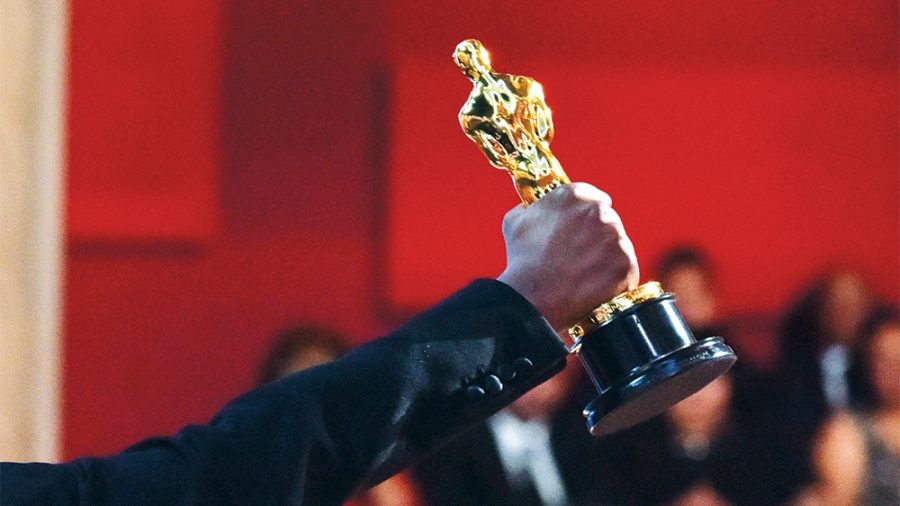Why Female Directors Are Missing From the Oscars
February 27, 2020
“Congratulations to those men.” Actress and writer Issa Rae’s four words acted as a blunt criticism of this year’s Oscar nominees for Best Director. It carries the same critique as Natalie Portman’s comment, “Here are the all-male nominees,” when she announced the same category at the awards show in 2018. With more women directing films, how is it that all of this year’s Best Director nominees are all male?
First off, it is a proven fact that women don’t direct as many films as men. In a study conducted by the USC Annenberg Inclusivity Initiative, in a span of 13 years, the ratio of male directors to female directors is 20:1. While Statista calculates the percentage of female directors has hopped from 4.5% to 10.6% this year, 10.6% is still a very low number. Women in the film industry have been overshadowed by men for decades, but 2019 proved to be a better year for female directors. There were more movies directed by women than ever before—but apparently not enough for a single woman to get nominated for Best Director.
Films with female leads that are also directed by women do not earn equal recognition compared to movies that star men and are directed or produced by men. One reason is that men seem to favor stories that center around men, despite how relevant or significant women’s stories are to society. A perfect example of this bias is the premiere of Greta Gerwig’s Little Women. In the first public showings of the movie, there was a two to one ratio of women to men in the theatres. Little Women’s producer, Amy Pascal, commented that she thinks the bias is “completely unconscious” but is “unsure” that the male critics who received the screening DVDs even watched them.
Whether this bias is unintentional or not, it is still prominent in the Academy and the film industry. The Academy voting system allows only actors to vote for Best Actor and directors for Best Director. But for the category of Best Picture, any voting member is allowed to vote, regardless of their title. Of the 9,000 Academy voting members, “68% of the members are male,” reports Statista. This considerable ratio of men to women (and an even larger ratio of white men to women of color) affects what movies end up in the nominees, and which of them end up winning, as men are prone to vote for films that star men or are directed by men.
It’s upsetting and frustrating that even though more women are starring in movies, men still dominate the Academy, award shows and the industry as a whole. Aside from no women being nominated for Best Director, out of the eight nominees for Best Picture Little Women is the only movie to be directed by a woman. This proportion is quite infuriating, as there is definitely more than just one female-directed movie worthy of an Oscar. Many movie critics and fans argue that films like Lulu Wang’s The Farewell or Céline Sciamma’s Portrait of a Lady on Fire, which feature people of color and LGBTQ+ main characters, respectively, were more than deserving of an Academy Award. Again, the Academy’s bias is shown as these two movies received higher reviews on RottenTomatoes than two other Best Picture nominees: Ford v Ferrari and The Irishman. Both of which, coincidently, are directed by men and feature a predominantly male cast.
The Oscars have experienced other outbursts of discrimination in the past few years, such as the “#oscarsowhite” controversy that started in 2015. While some may argue that the film industry is making big improvements in terms of diversity, in 2018 and 2019 the nominees for film editing, cinematography, and directing were also all male. It’s absurd that for three years in a row, the Academy has only elected men for these major categories. To prevent this trend from becoming a pattern, the Academy’s behavior of inequality and bias against women needs to be resolved.
Photo courtesy of VARIETY.COM


Nana de prima • Mar 12, 2020 at 6:01 PM
What a very well written article. Very informative and precise. Good job, so proud of you. Love ❤️ nana